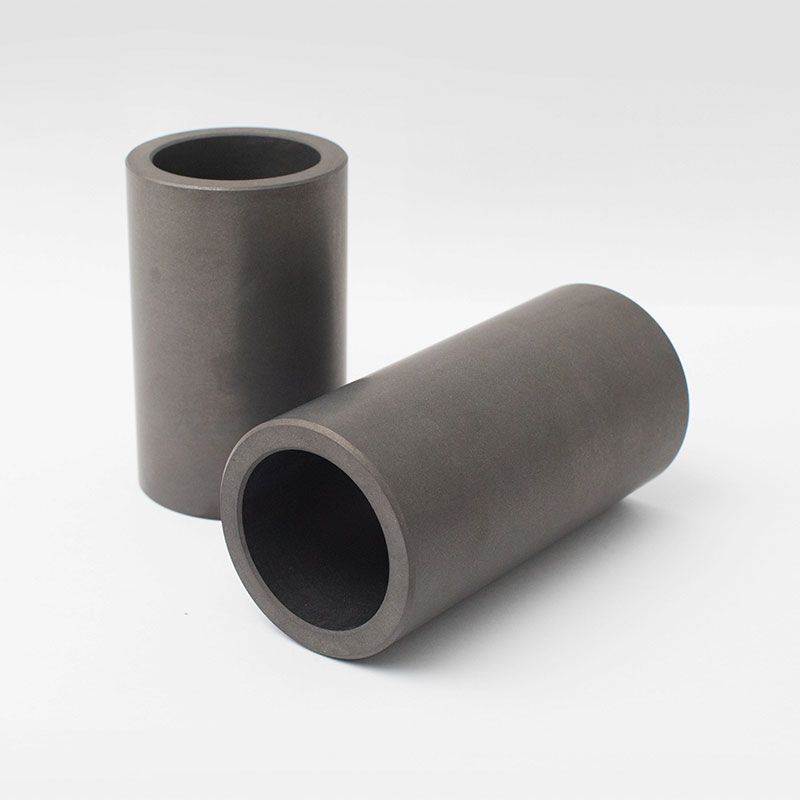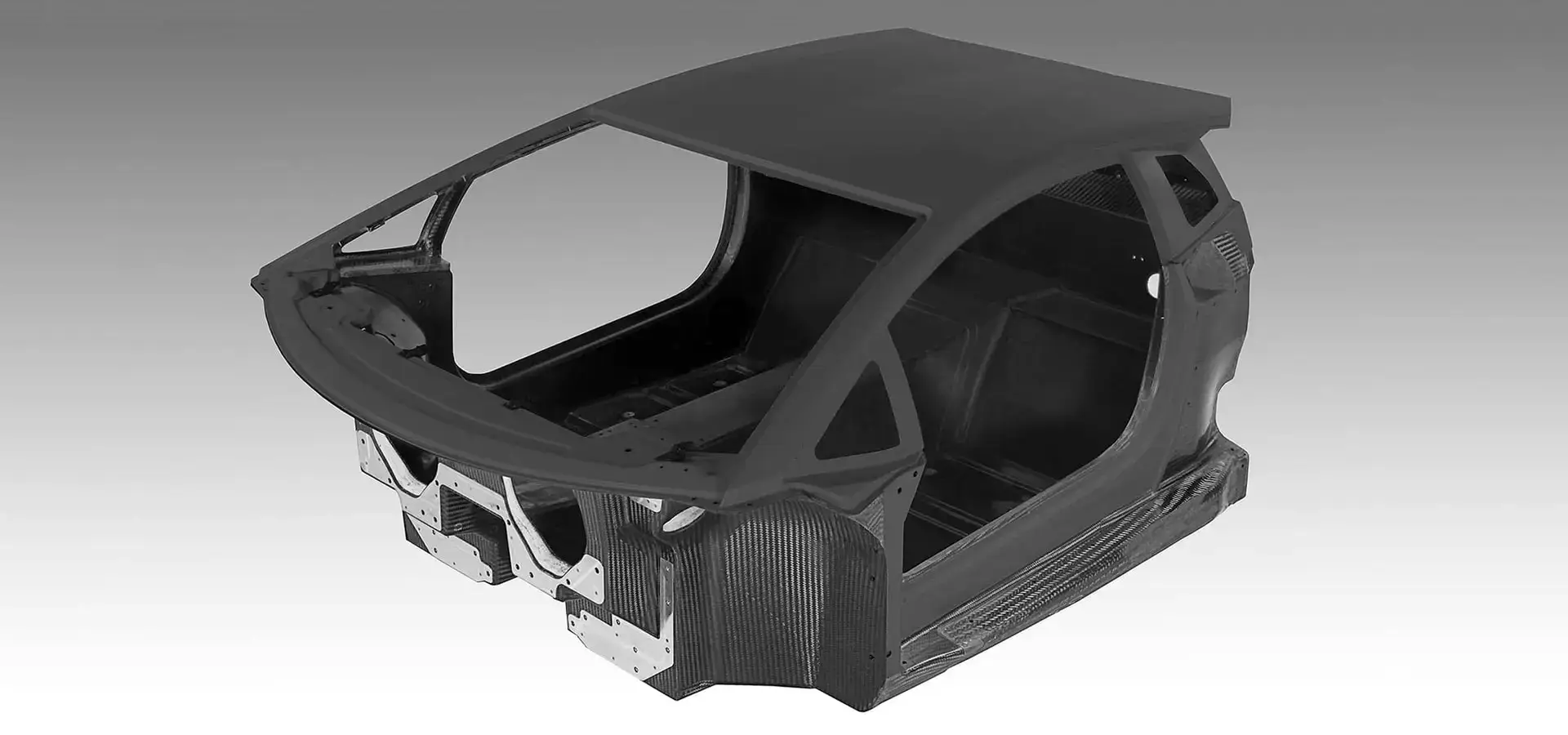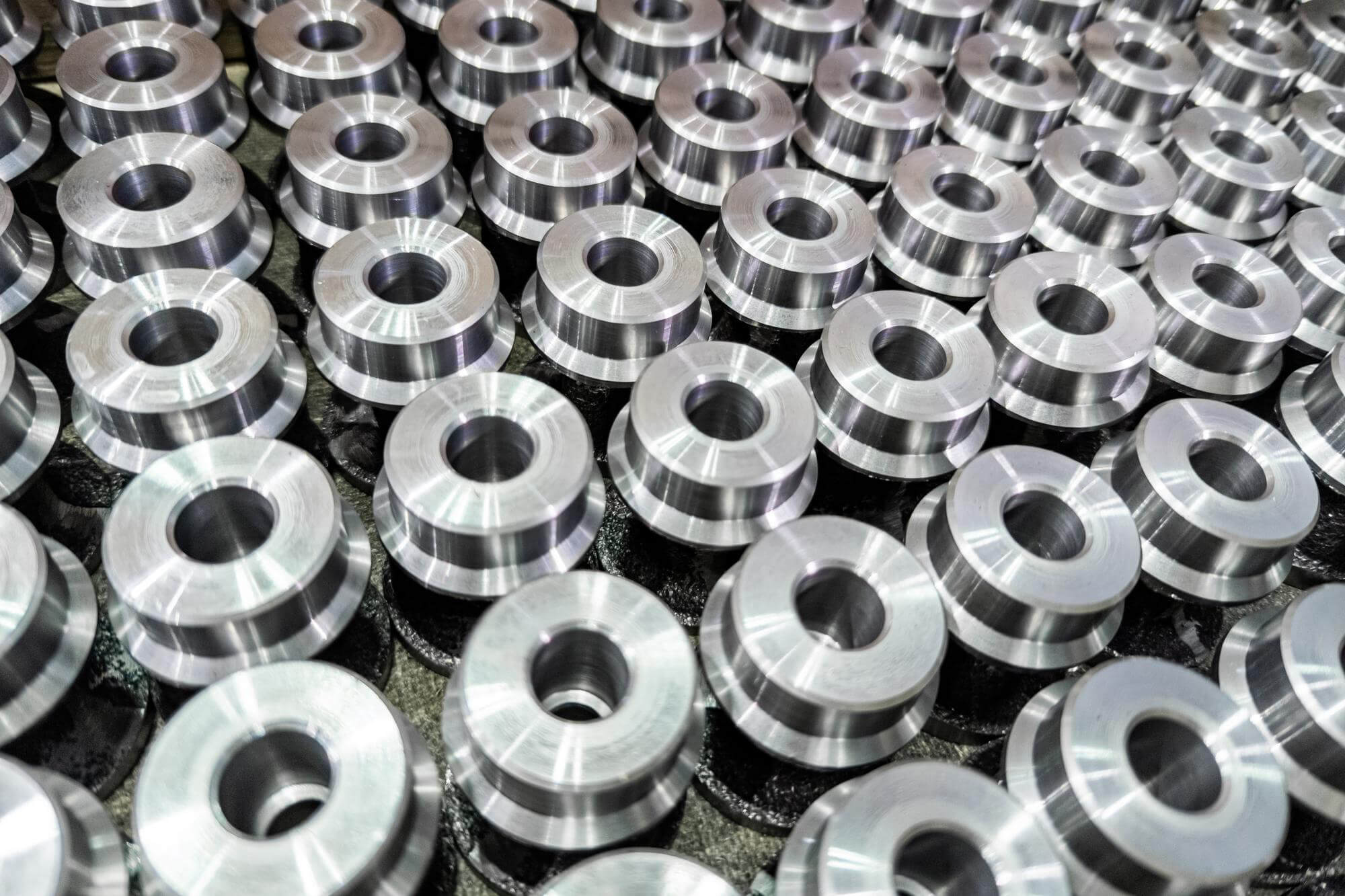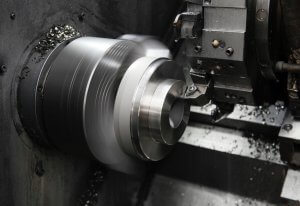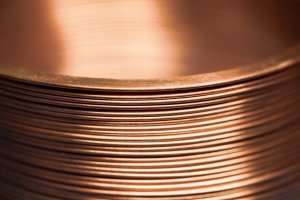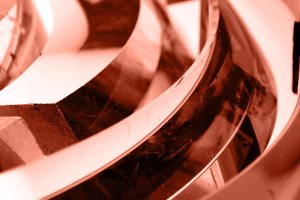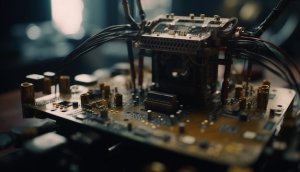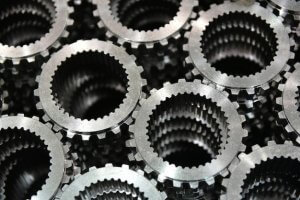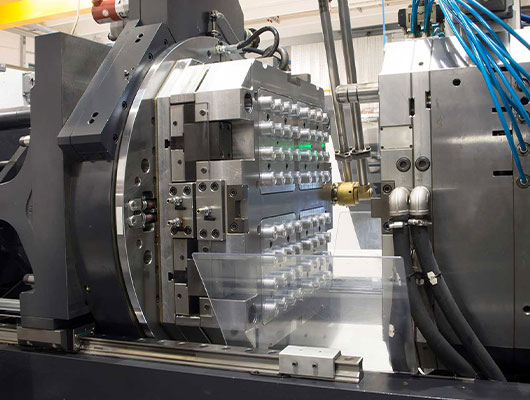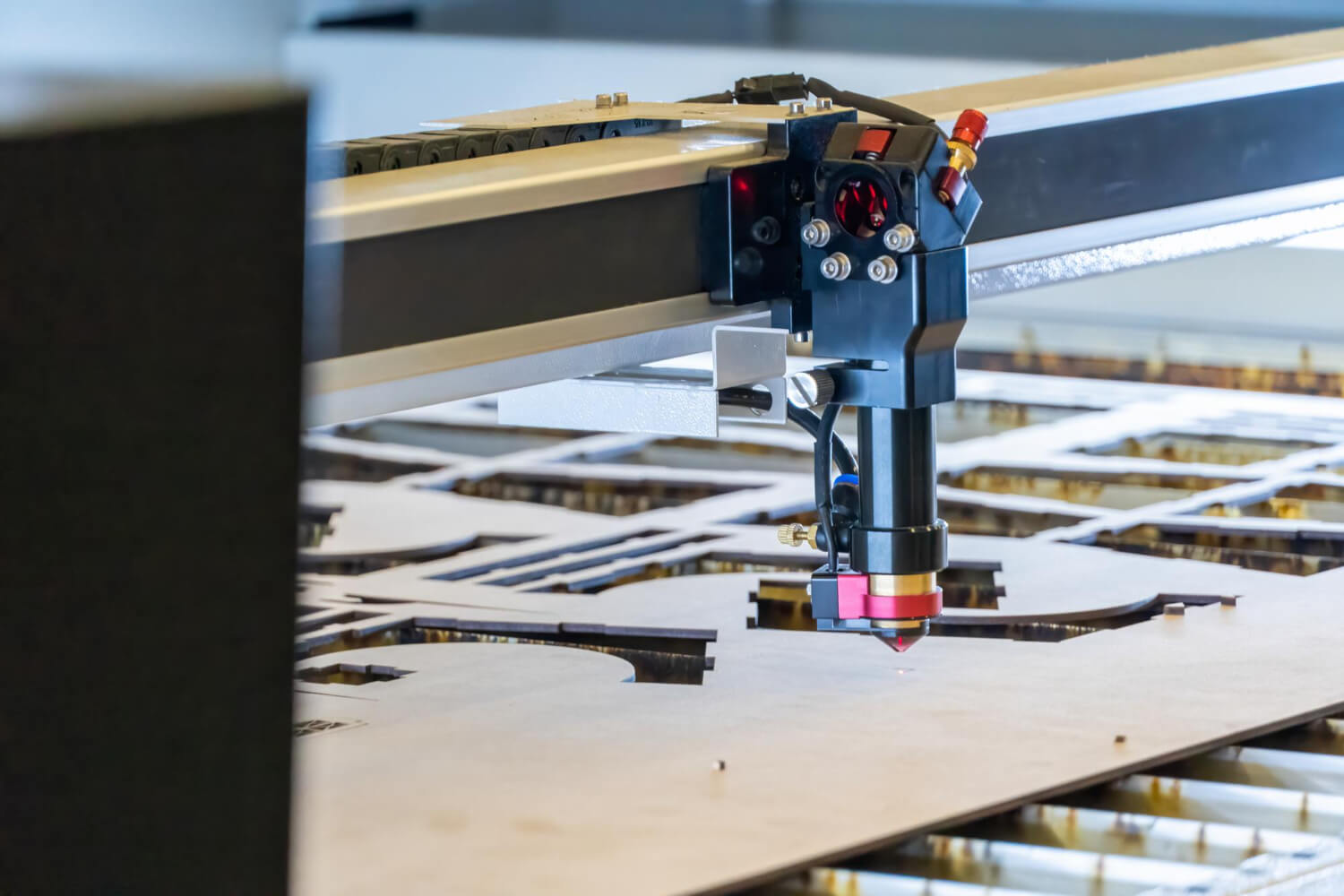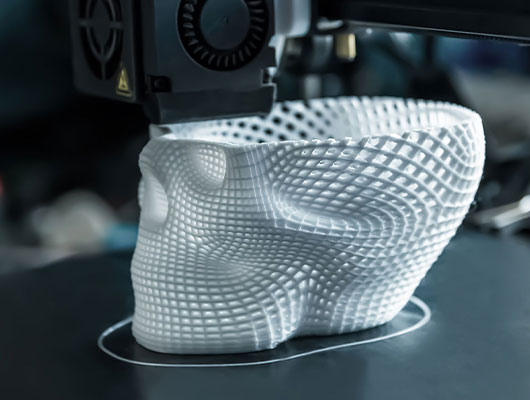About Copper
copper is a widely used material in the manufacturing industry due to its excellent electrical conductivity, corrosion resistance, and thermal conductivity. It is a soft, malleable, and ductile metal that can be easily formed into complex shapes and is suitable for various CNC machining processes.
Copper alloys, such as brass and bronze, are also commonly used in CNC machining. Brass is a copper-zinc alloy that is commonly used in the production of parts that require high strength and durability. Bronze, on the other hand, is a copper-tin alloy that has excellent wear resistance, making it ideal for producing bearings and bushings.
When it comes to CNC machining copper, it is important to consider the material’s properties and select the appropriate cutting tools and machining parameters to achieve the desired results. Copper can be challenging to machine due to its tendency to work harden, which can cause tool wear and affect the surface finish. However, with the right techniques and equipment, high-quality parts can be produced efficiently and accurately from this versatile material.



